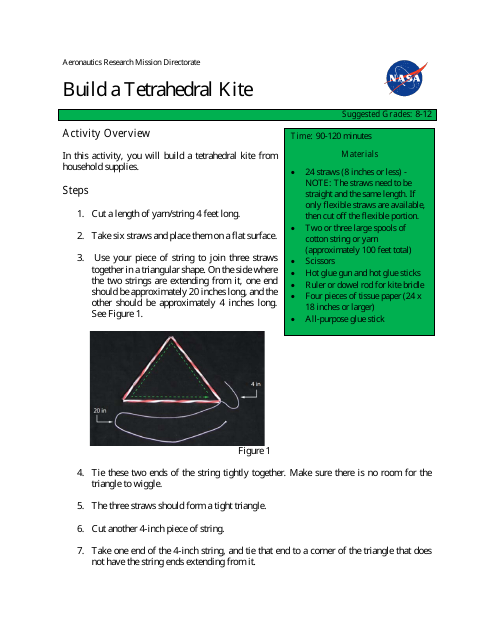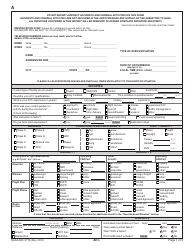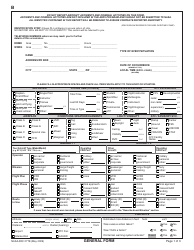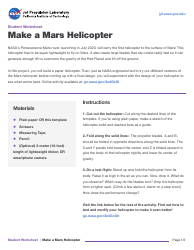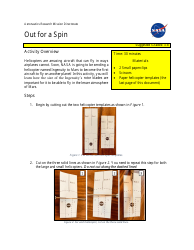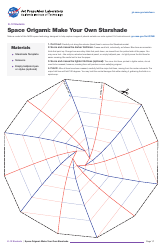NASA Tetrahedral Kite
The NASA Tetrahedral Kite was developed by NASA for experimental purposes in aerospace education and research. This kite is shaped like a pyramid (tetrahedron) and is made from lightweight materials, allowing it to fly high and withstand varying wind conditions. The concept was utilized to study aerodynamics, flight stability, and to experiment with various lightweight materials and structures. Such research often helps in improving the designs of spacecraft and aircraft. The kite also serves an educational purpose, often used in classrooms to teach students about the principles of flight and aerodynamics.
NASA, the United States' National Aeronautics and Space Administration, files the documents related to the Tetrahedral Kite. It was an early invention of Alexander Graham Bell, involved in the early development of flight technology. The documents related to the tetrahedral kite are likely housed in the archives of NASA or a related institution specializing in aeronautical history, like the Smithsonian's National Air and Space Museum.
FAQ
Q: What is the NASA Tetrahedral kite?
A: The NASA Tetrahedral kite is a multi-cell kite arrangement shaped like a tetrahedron, which is a pyramid with triangular sides. It was created by Alexander Graham Bell in the early 20th century and has been utilized by NASA for various purposes including aerial lifting, scientific research, and testing.
Q: What is the shape of a Tetrahedral kite?
A: A Tetrahedral kite is shaped like a tetrahedron, which is a pyramid with triangular sides. It consists of multiple cells or sections, each having this tetrahedral shape.
Q: Who invented the Tetrahedral kite?
A: The Tetrahedral kite was invented by Alexander Graham Bell, renowned scientist and inventor, in the early 20th century.
Q: What materials are used to make a Tetrahedral kite?
A: Materials used for constructing a Tetrahedral kite typically include light-weight materials such as plastic or paper for the skin, and bamboo or lightweight wood, and sometimes, metal for the frame. Depending on the specific design, they may also require string, glue, or tape.
Q: What is the significance of the Tetrahedral kite for NASA?
A: The Tetrahedral kite has been important for NASA as a tool for lifting, scientific research, and testing. Its unique structure provides stability and lift, making it ideal for use in a variety of experimental or research capacities.
Q: How does a Tetrahedral kite fly?
A: A Tetrahedral kite flies due to the combination of its lightweight materials and geometric design. The shape of the kite provides a large surface area for the wind to push against, which creates lift, while its lightweight materials ensure that the kite can get airborne.
